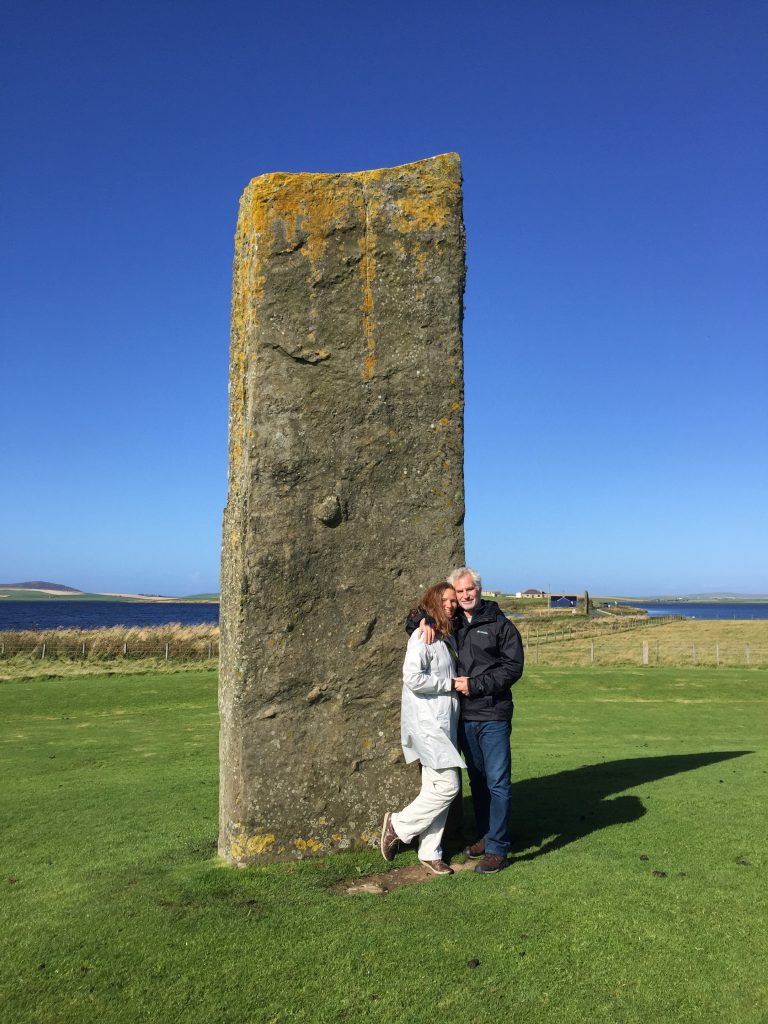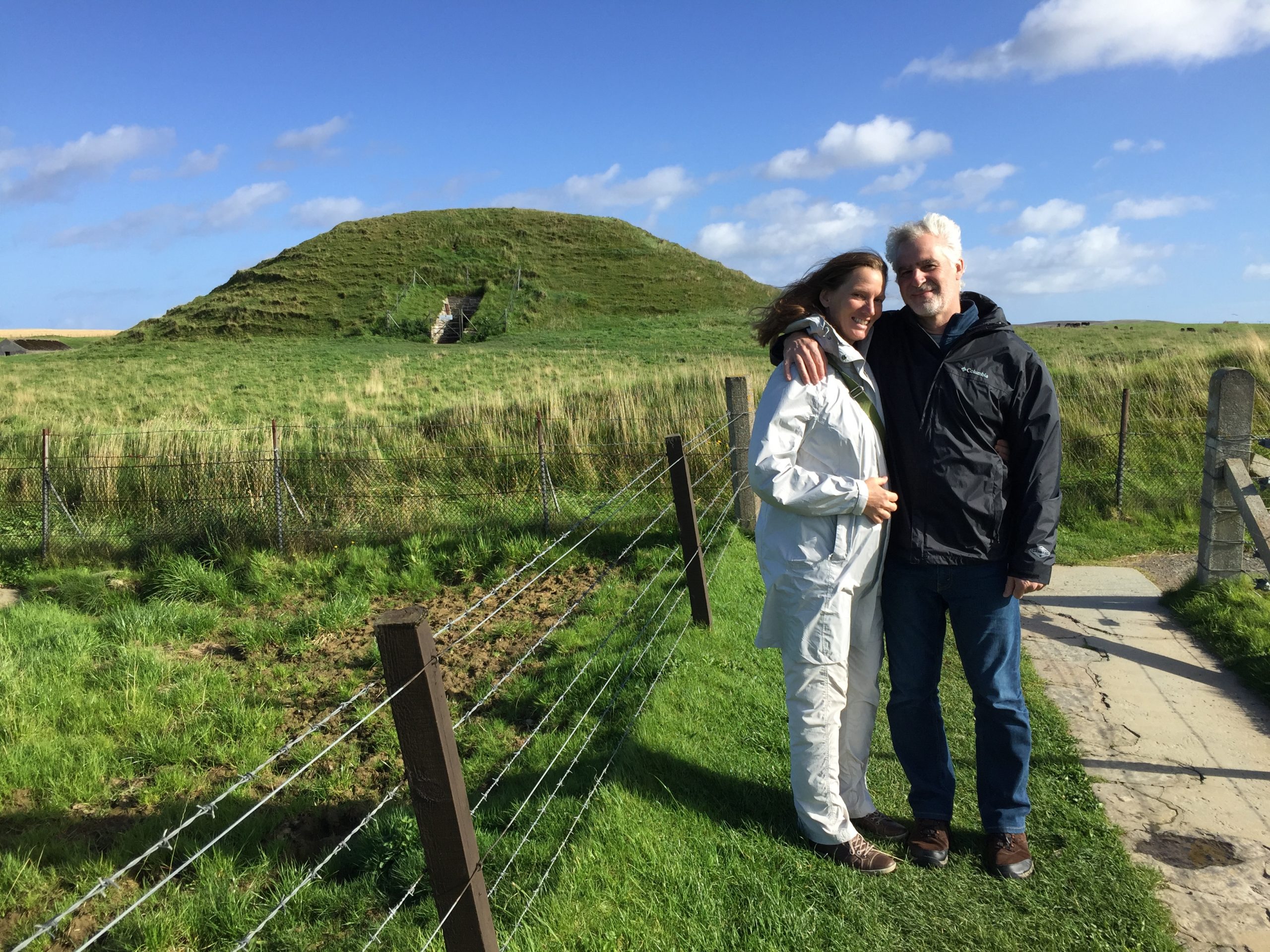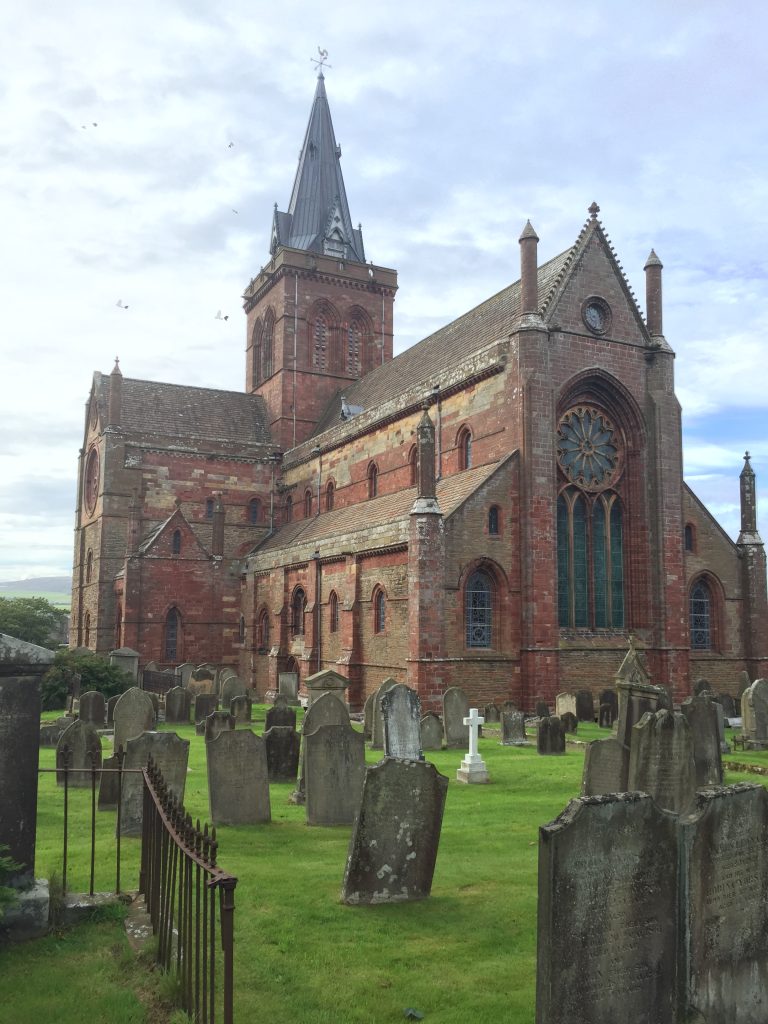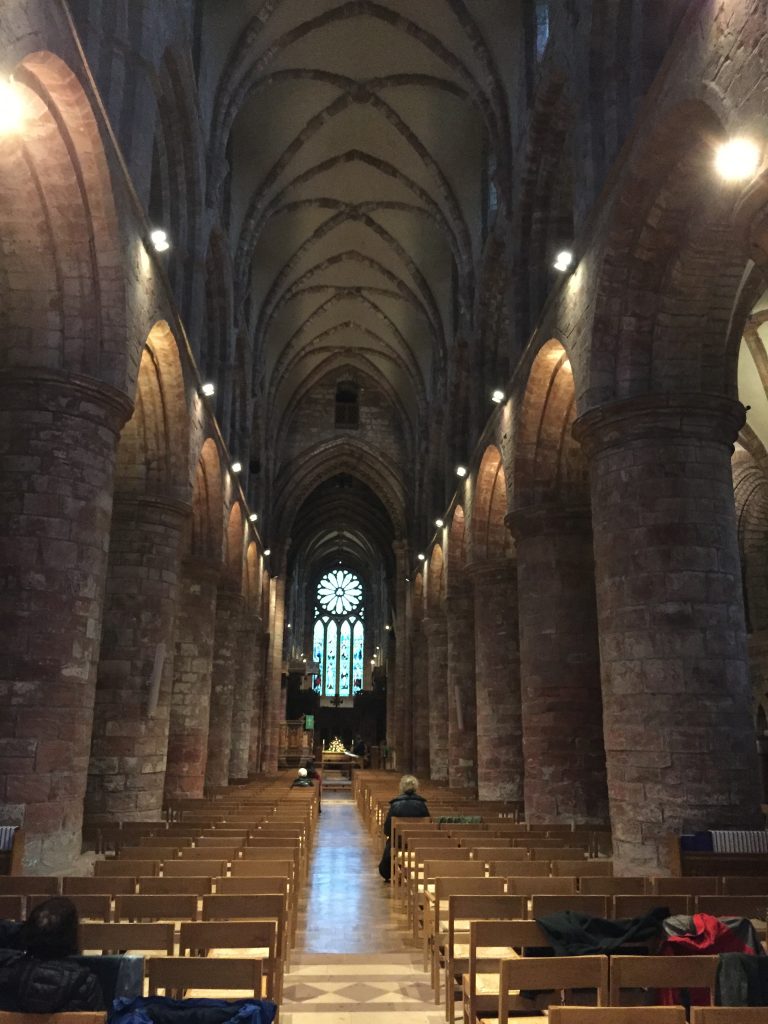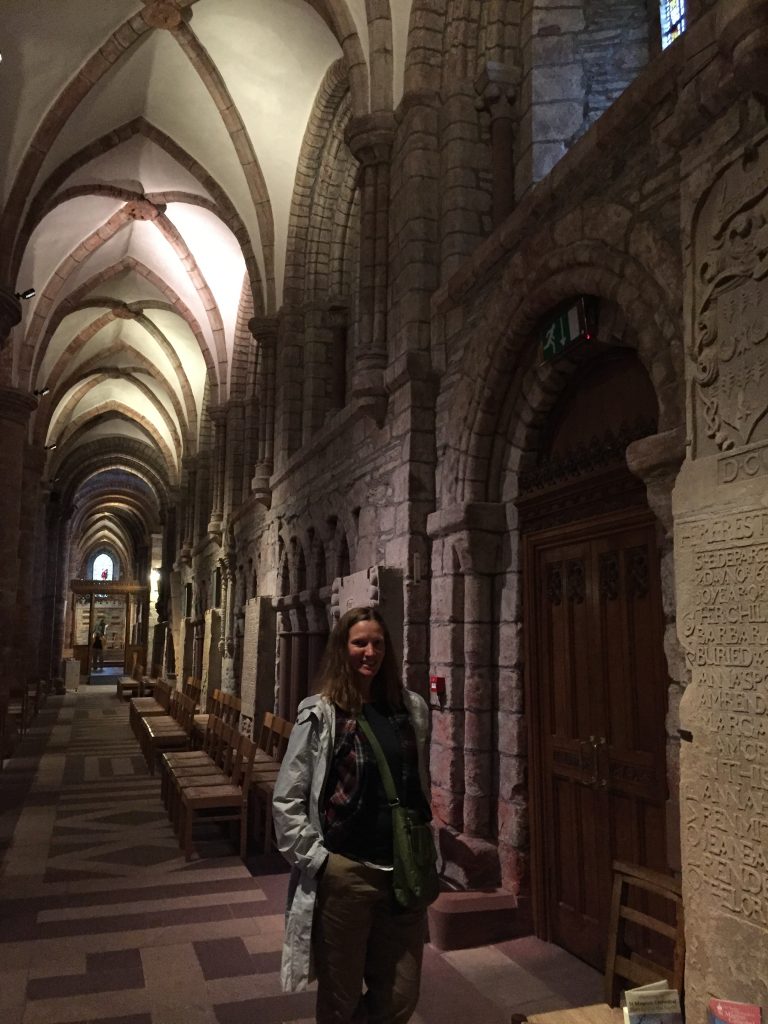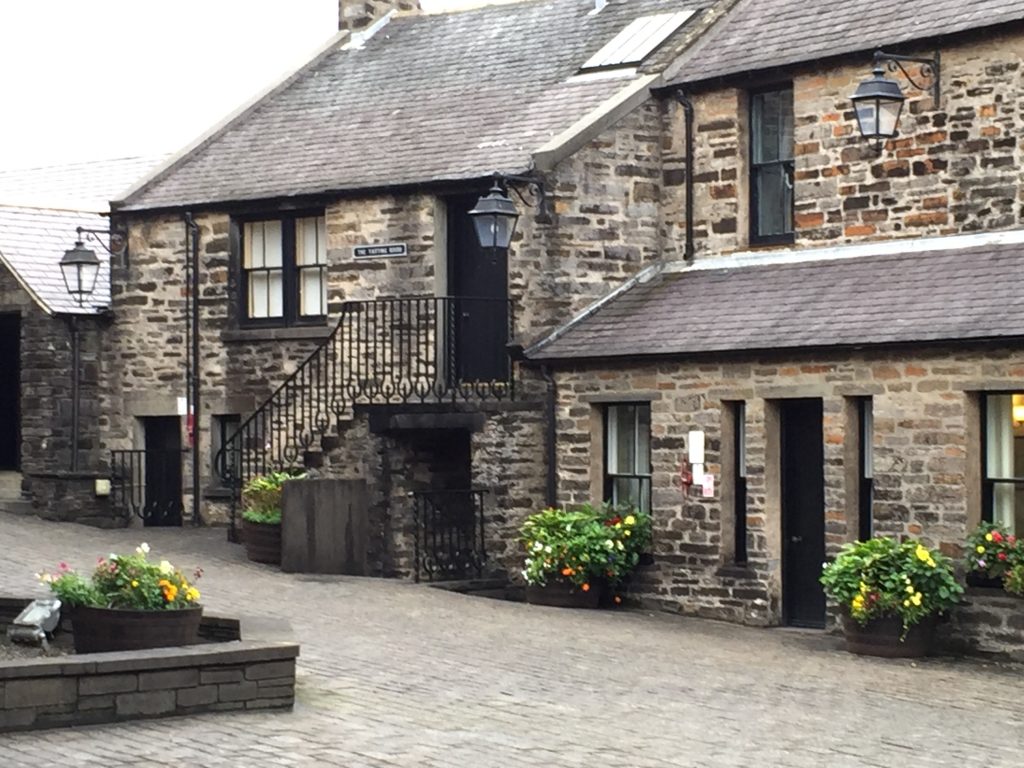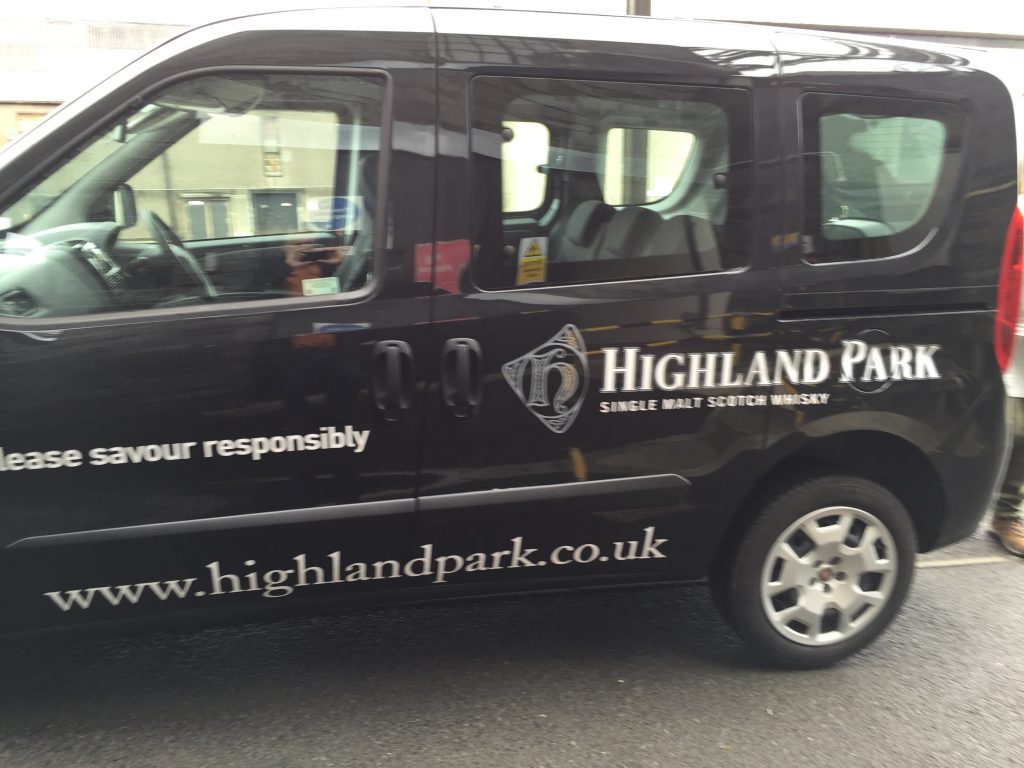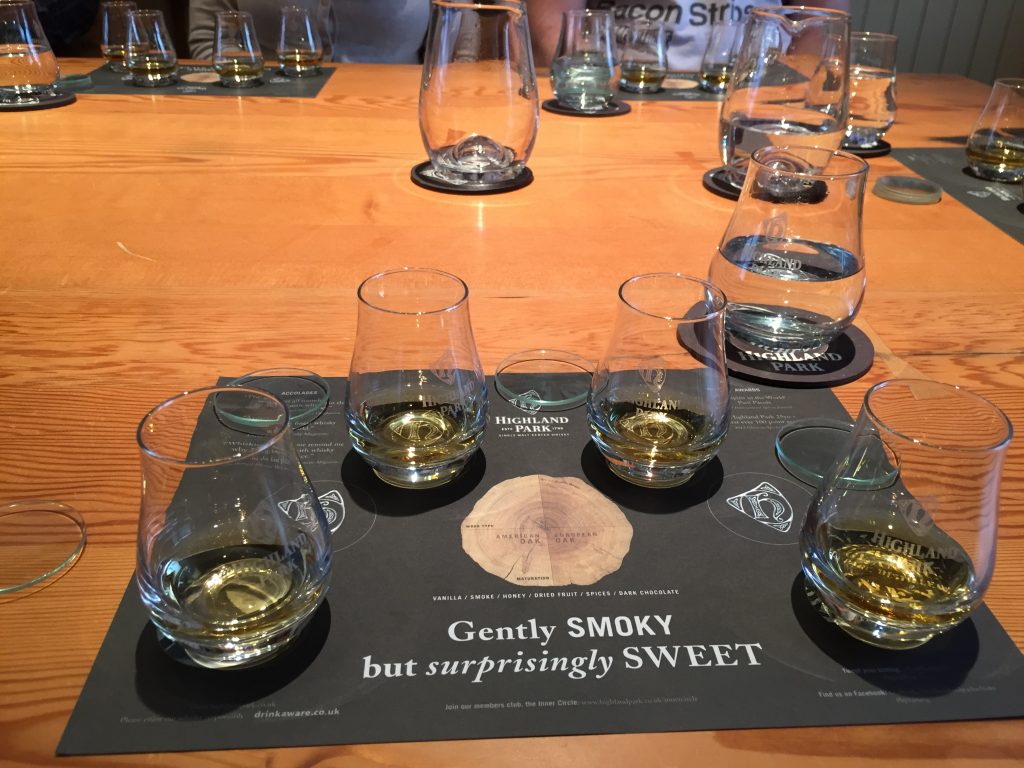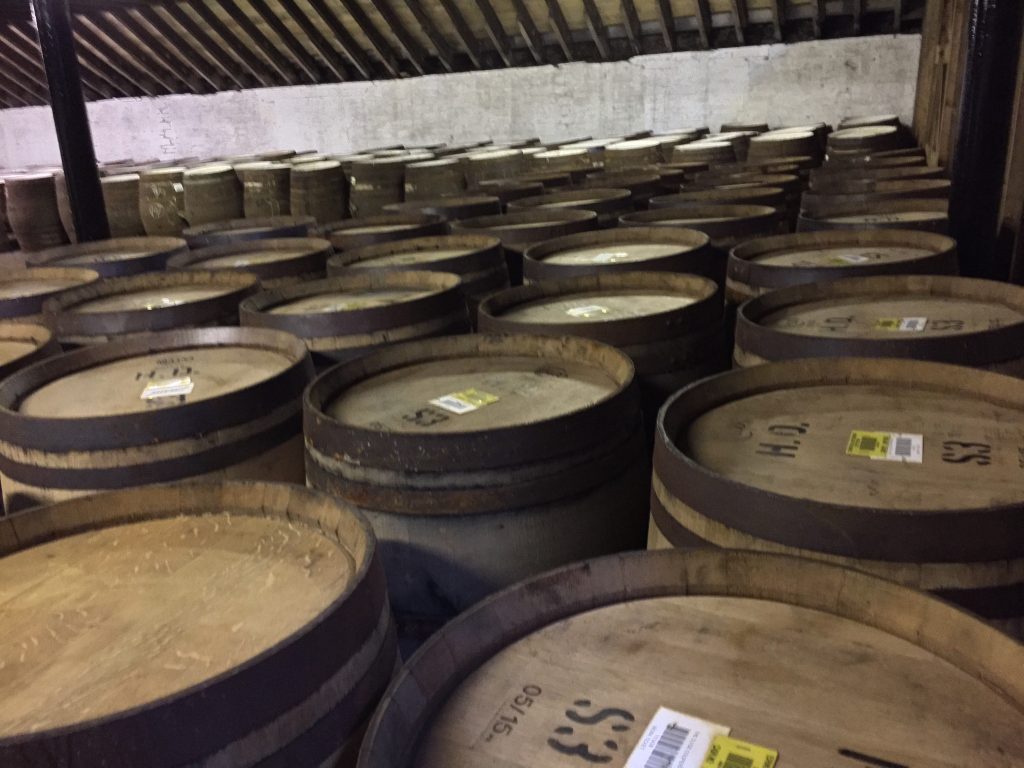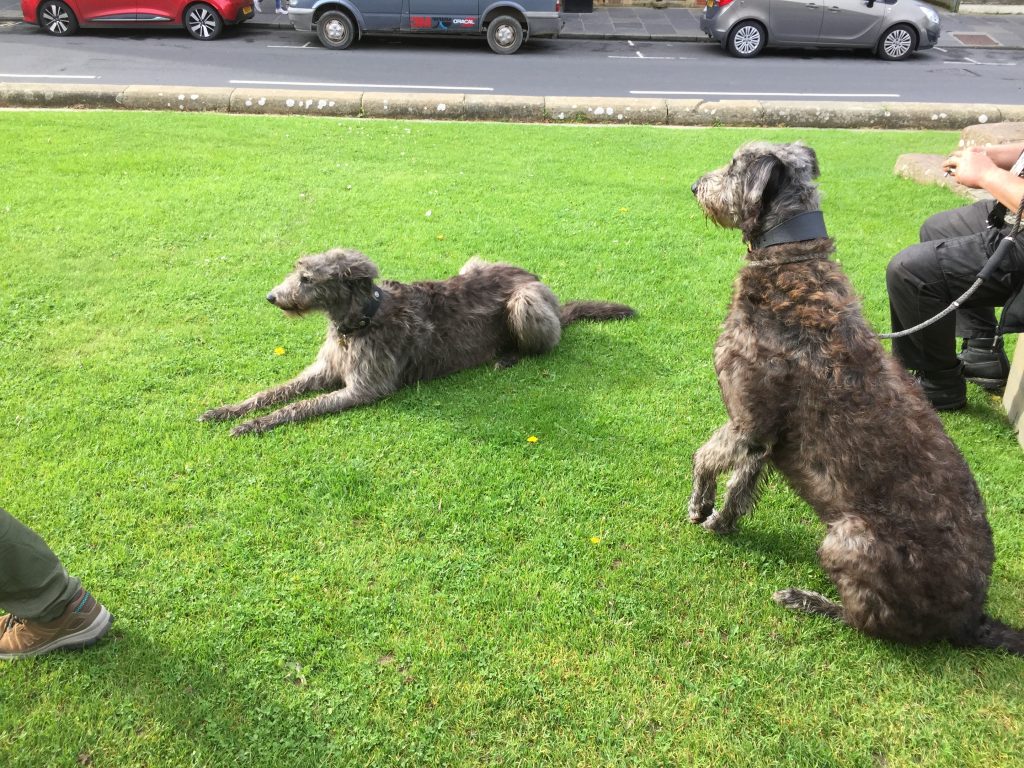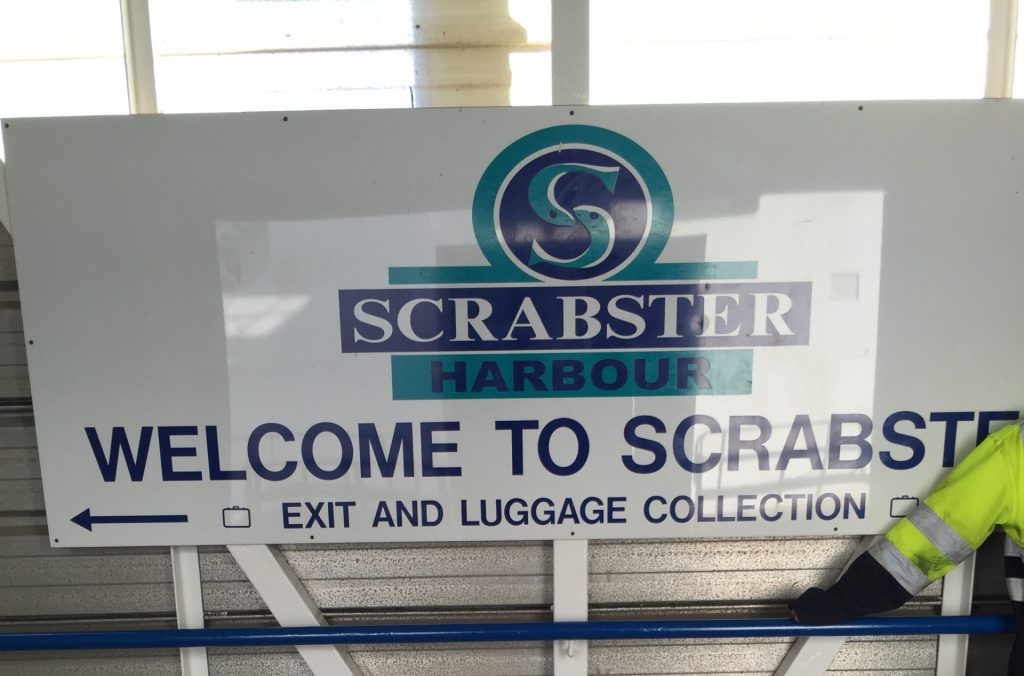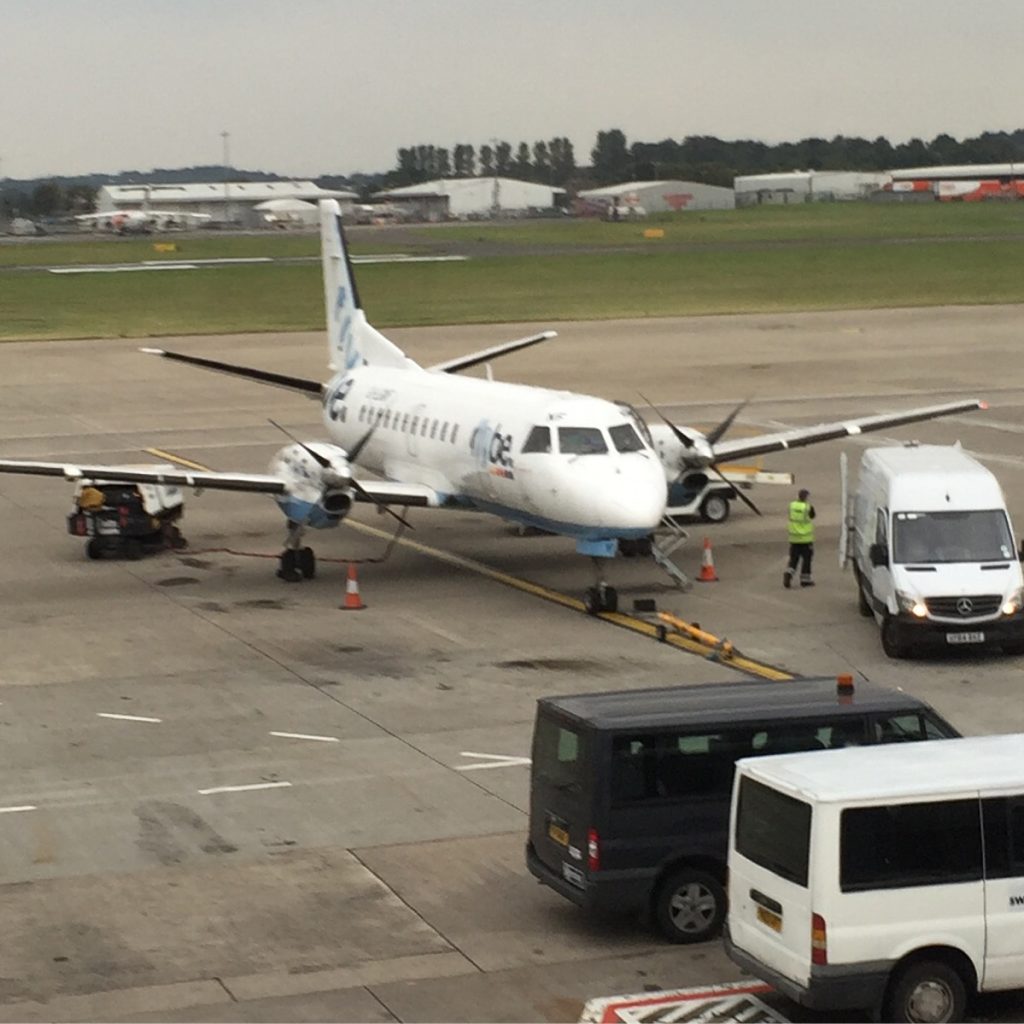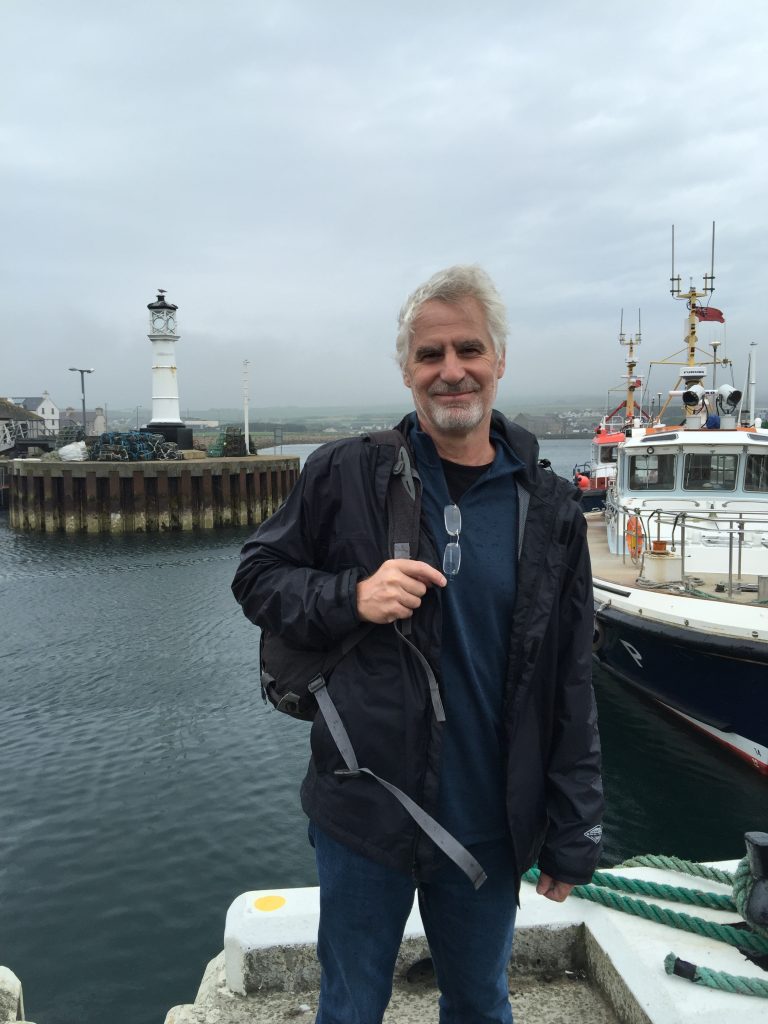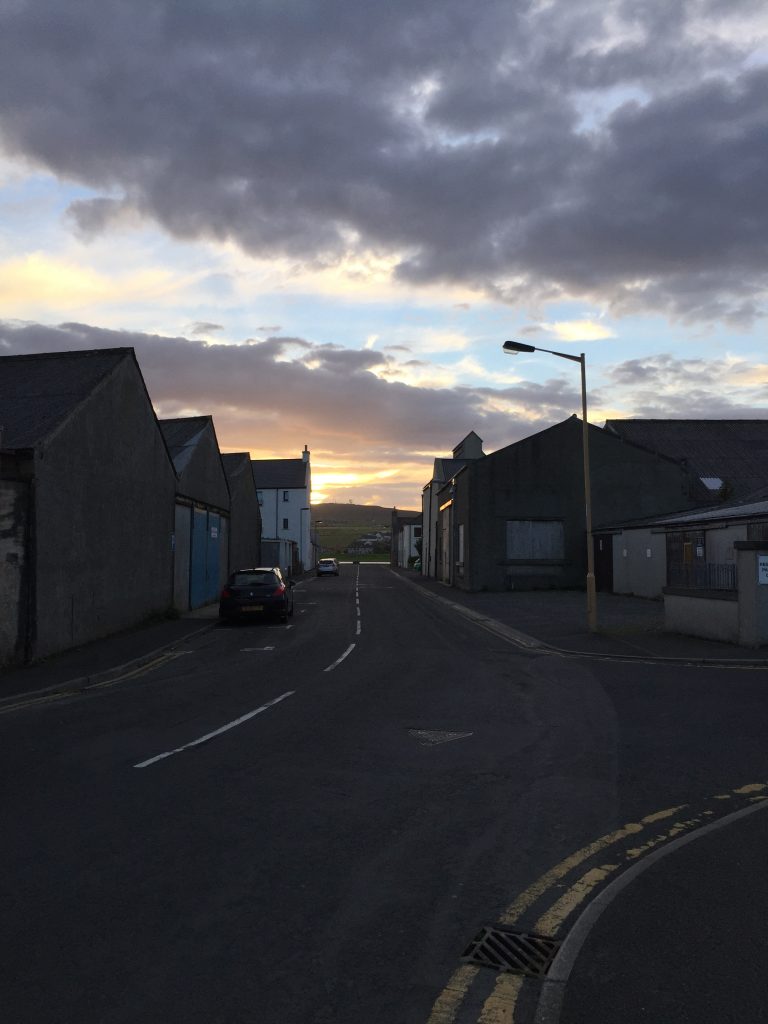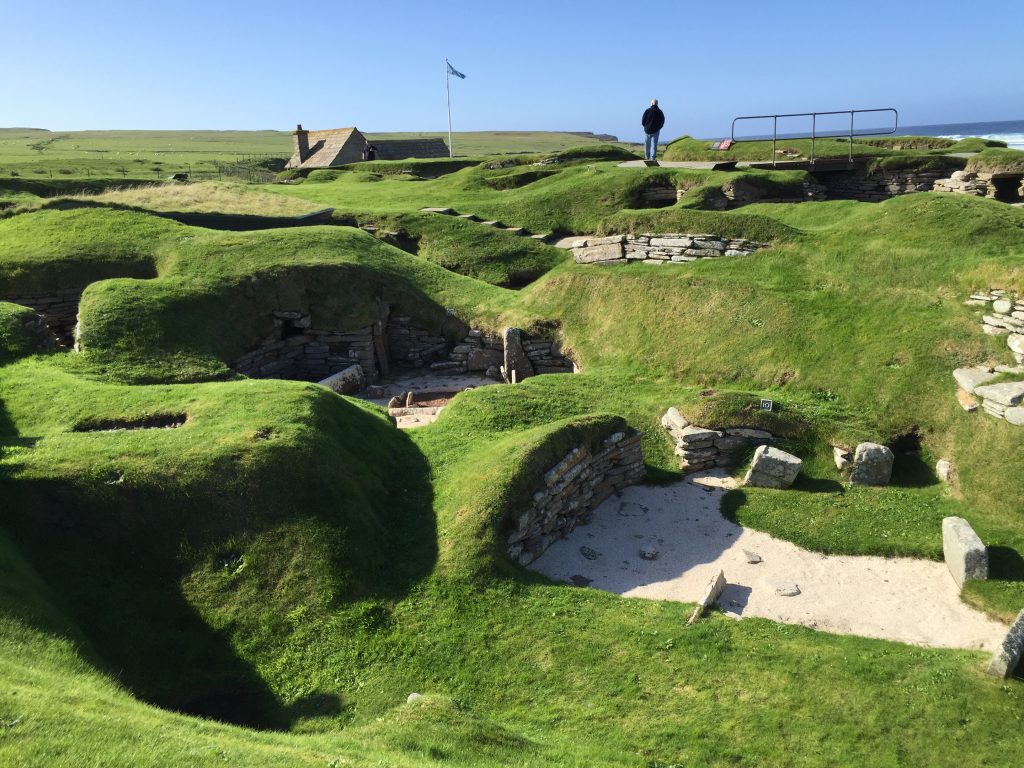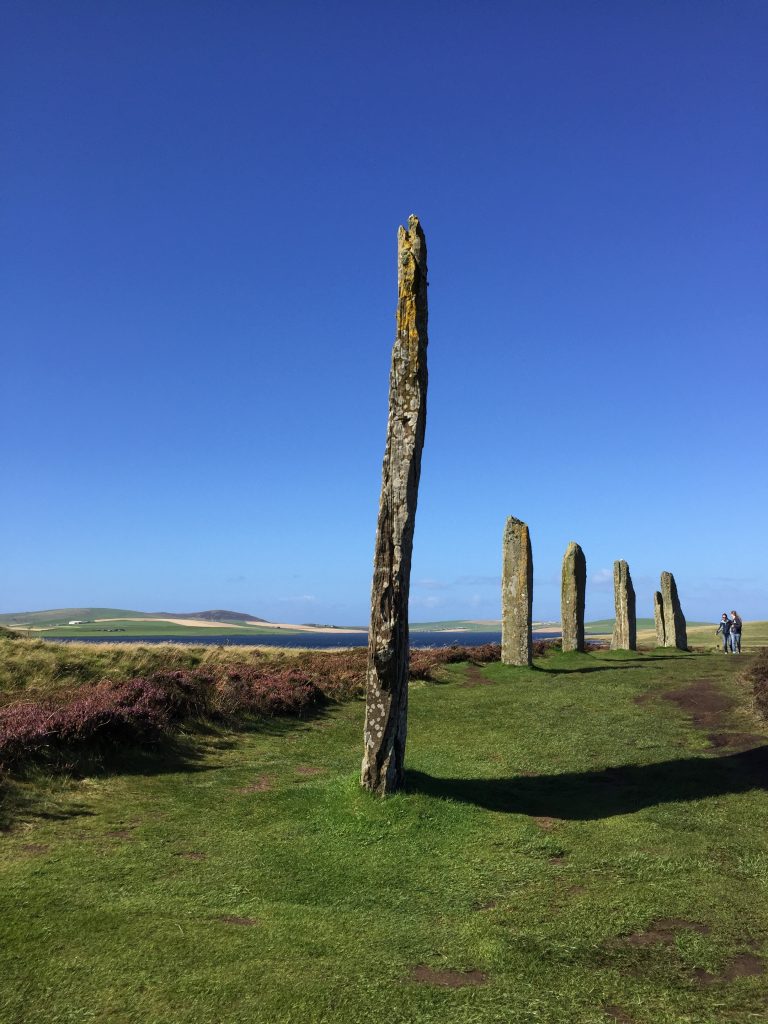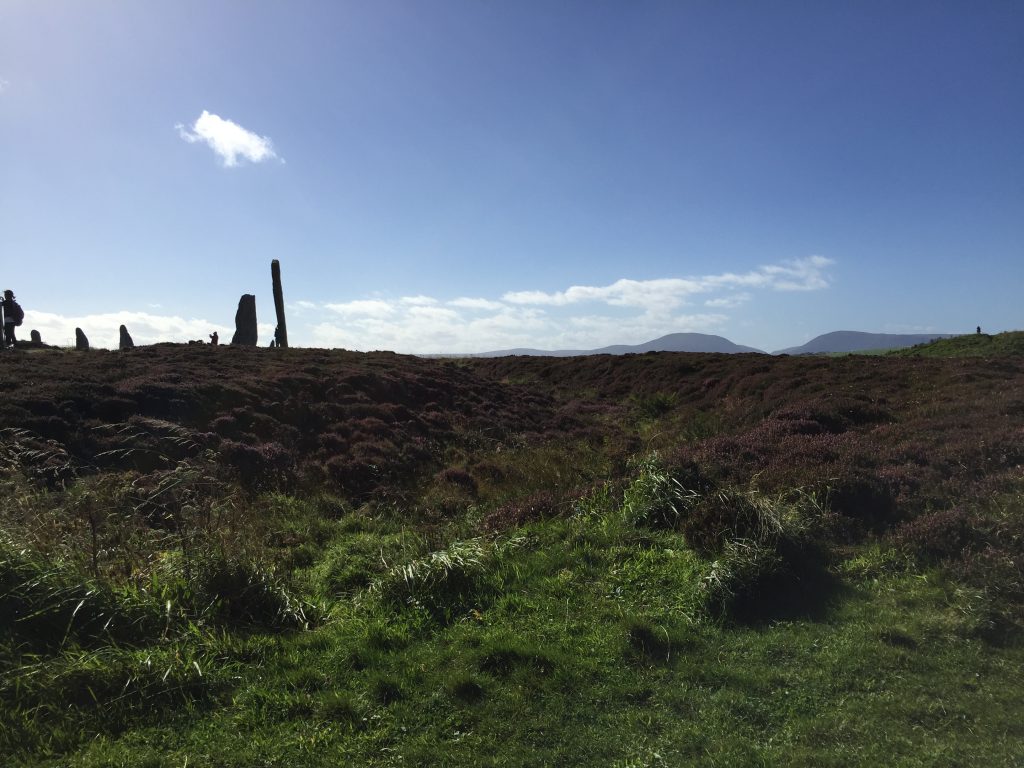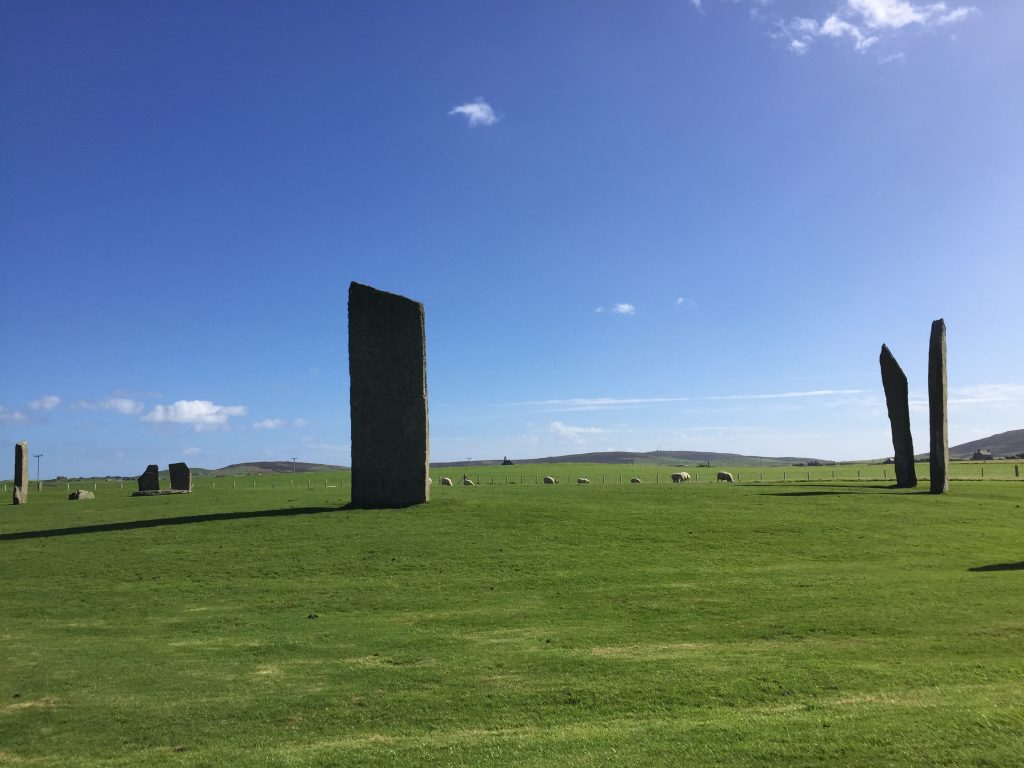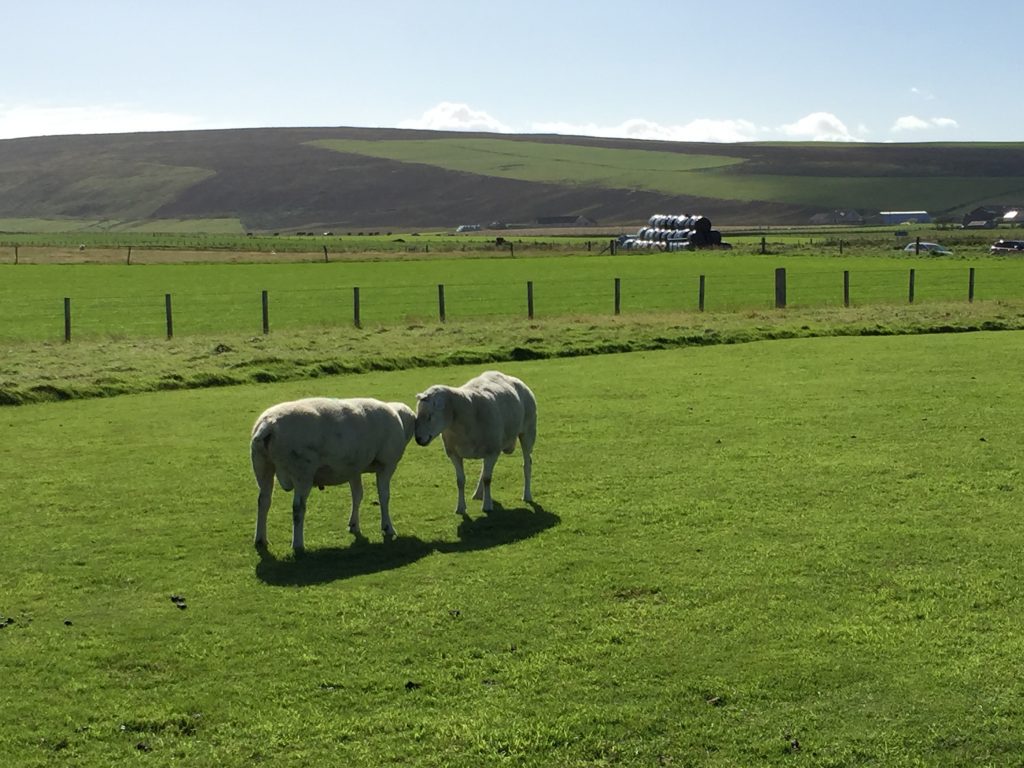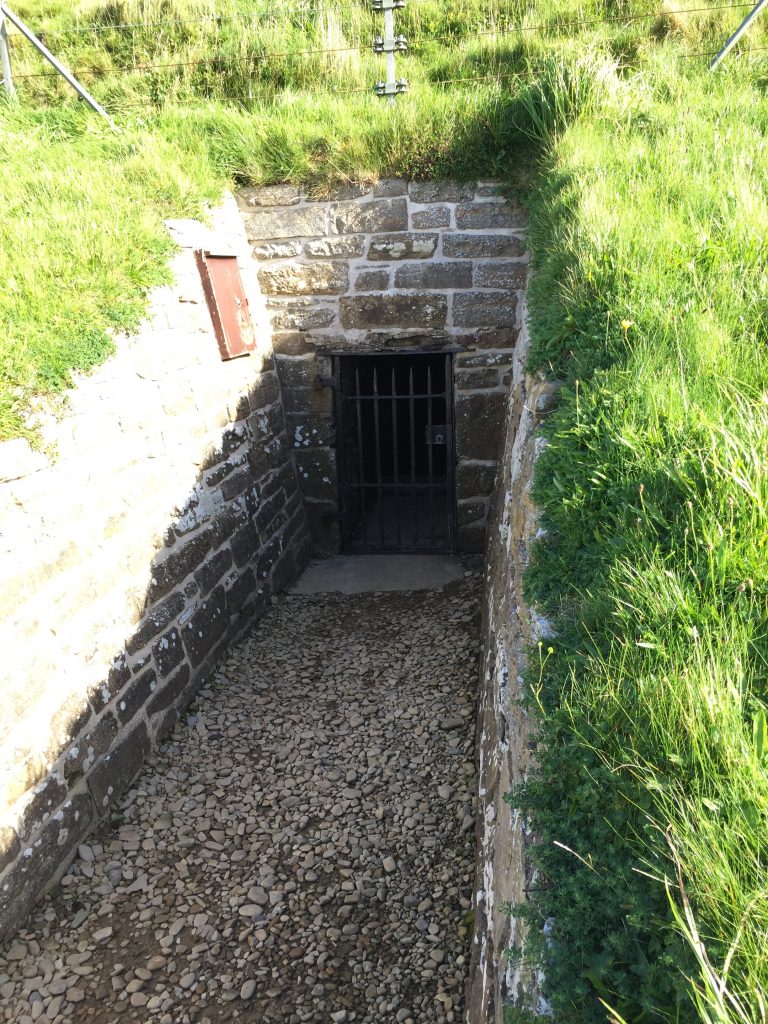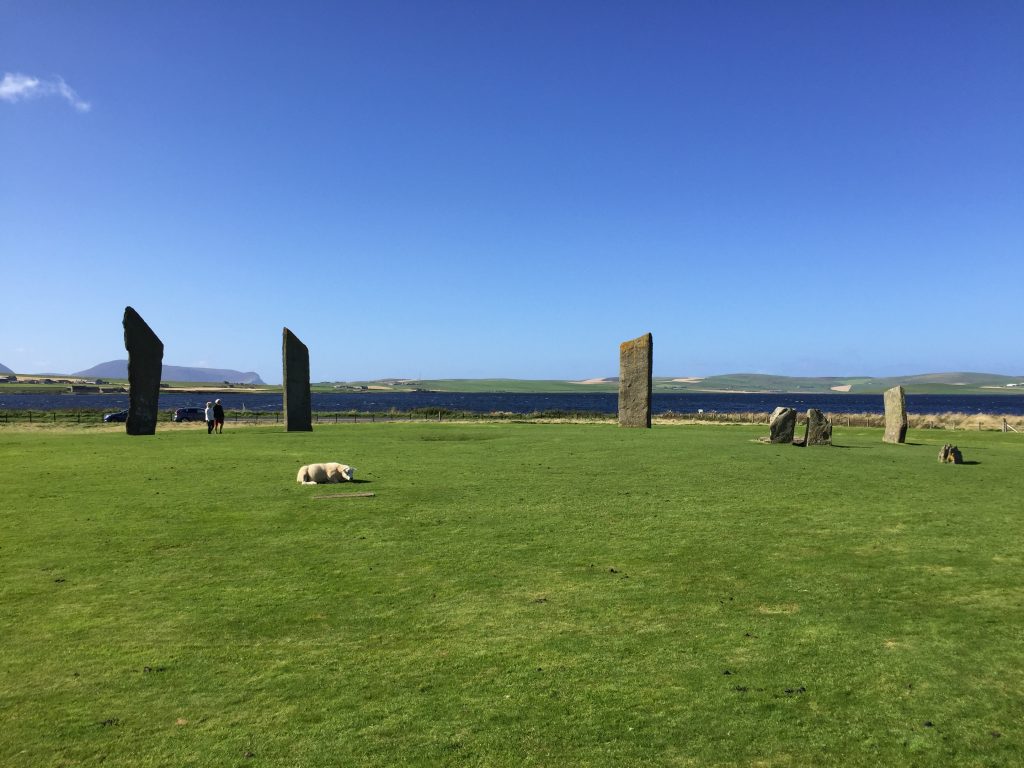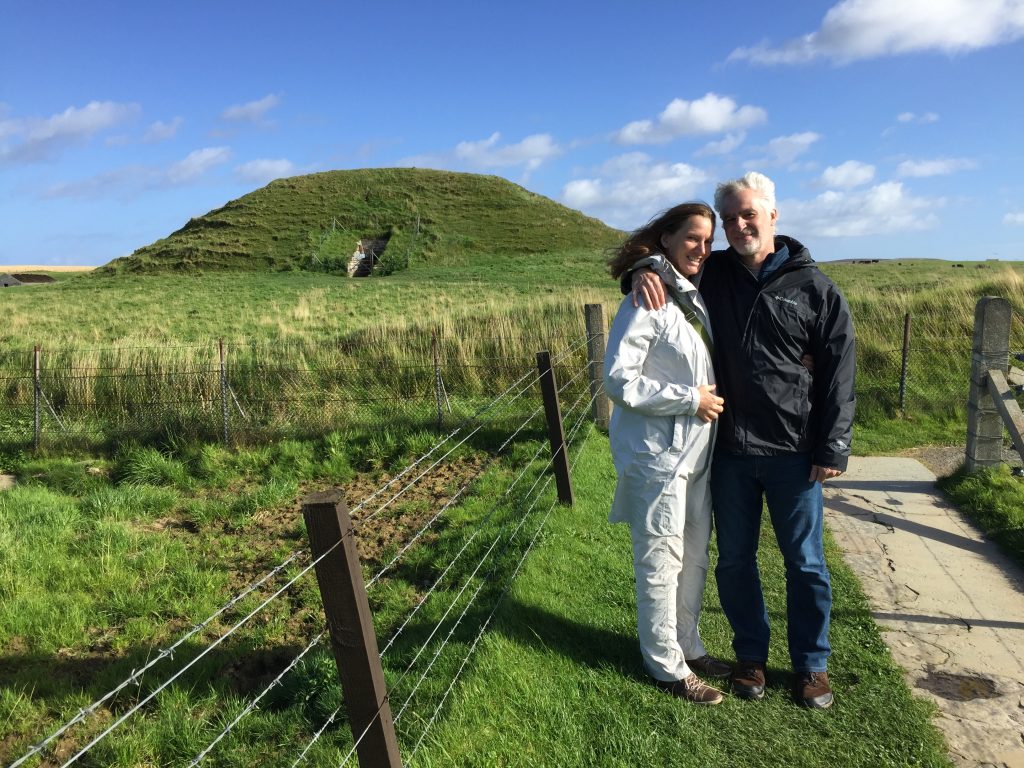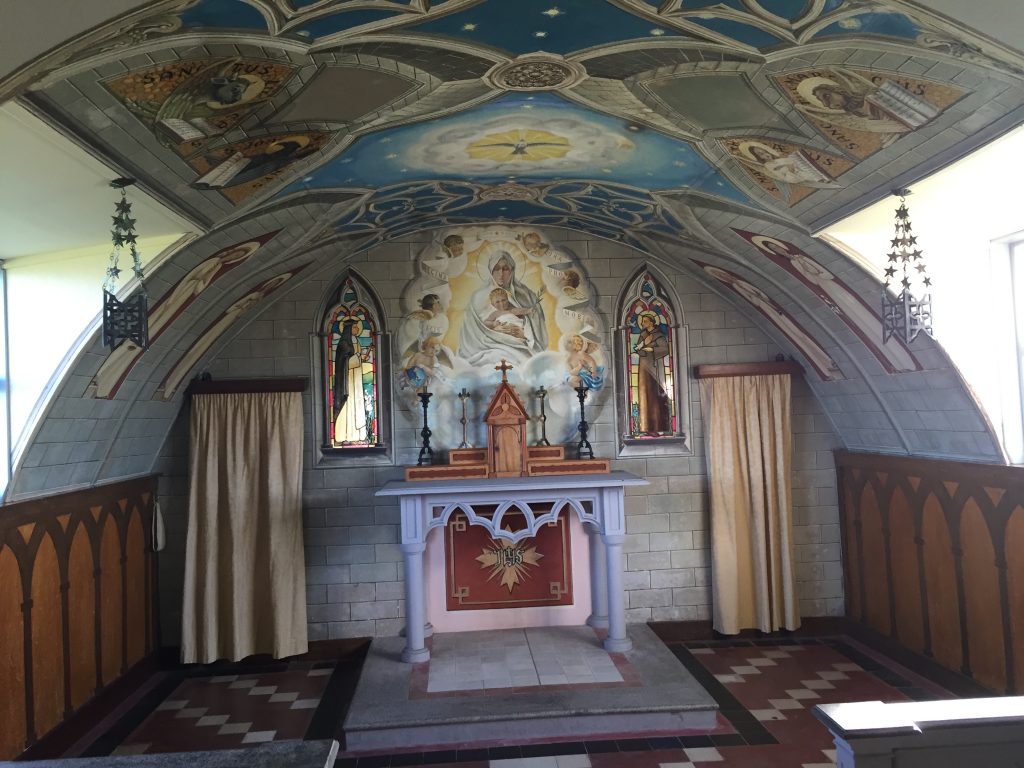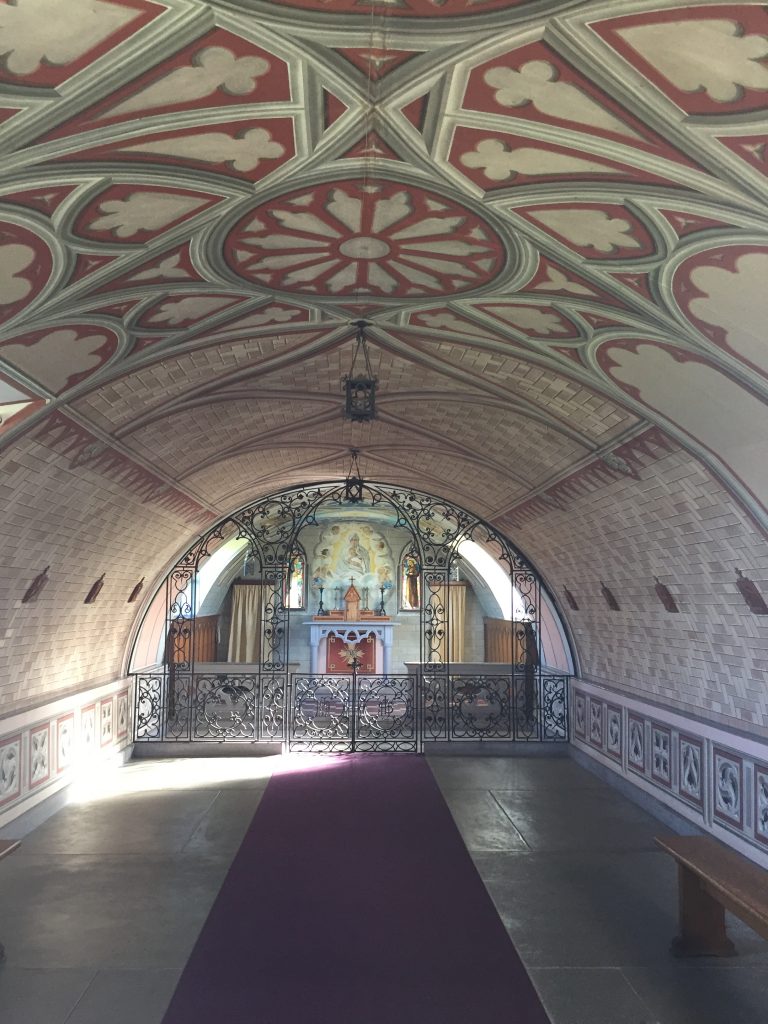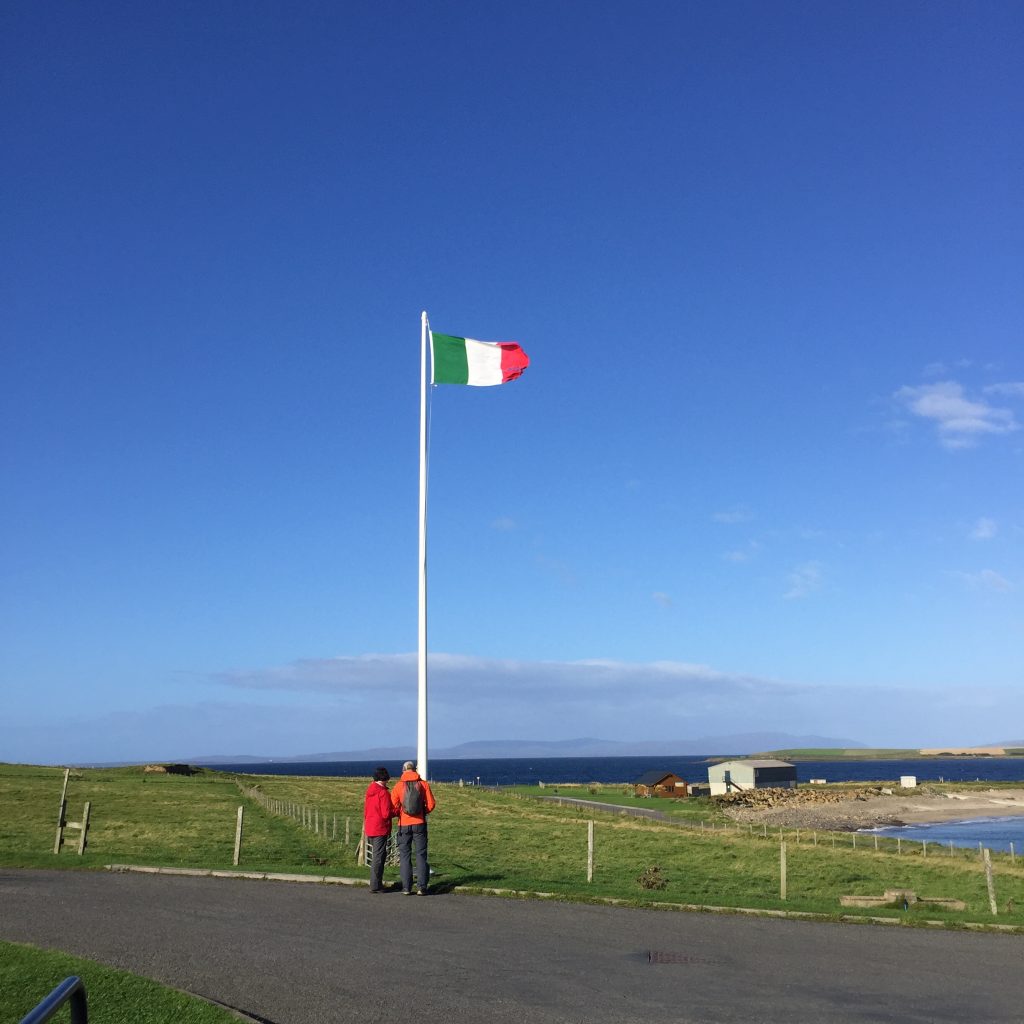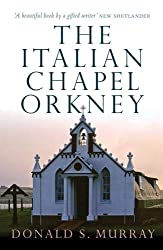Itinerary
What you can read next
-
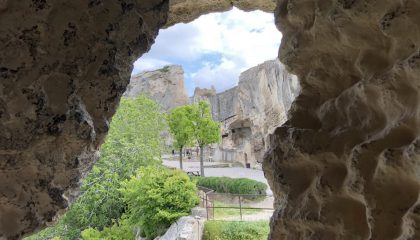 Read more +
May 1, 2018 By Two Down Dogs in France, Uncategorized
Read more +
May 1, 2018 By Two Down Dogs in France, Uncategorized
Le Baux de Provence
-
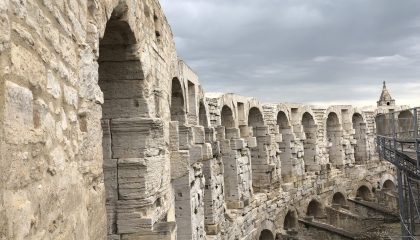 Read more +
April 29, 2018 By Two Down Dogs in Uncategorized
Read more +
April 29, 2018 By Two Down Dogs in Uncategorized
A Day in Arles
-
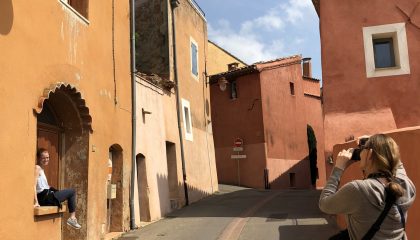 Read more +
April 28, 2018 By Two Down Dogs in Uncategorized
Read more +
April 28, 2018 By Two Down Dogs in Uncategorized
Roussillon, Gordes and Western Provence
-
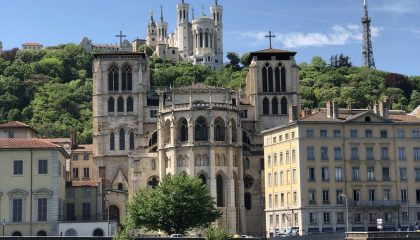 Read more +
April 27, 2018 By Two Down Dogs in Uncategorized
Read more +
April 27, 2018 By Two Down Dogs in Uncategorized
From the Furnicular to La Cave de Voyageurs
-
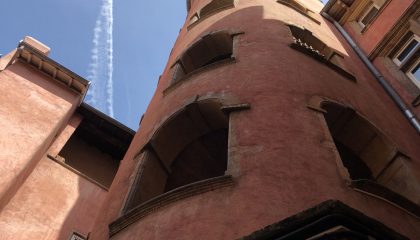 Read more +
April 25, 2018 By Two Down Dogs in Uncategorized
Read more +
April 25, 2018 By Two Down Dogs in Uncategorized
Arriving in Vieux Lyon and a taste of Lyonnaise Cuisine
Leave your email to stay in touch!
Get updated on our latest travel tips and green travel guides.
© 2019. All rights reserved. Buy Kallyas Wordpress Theme

